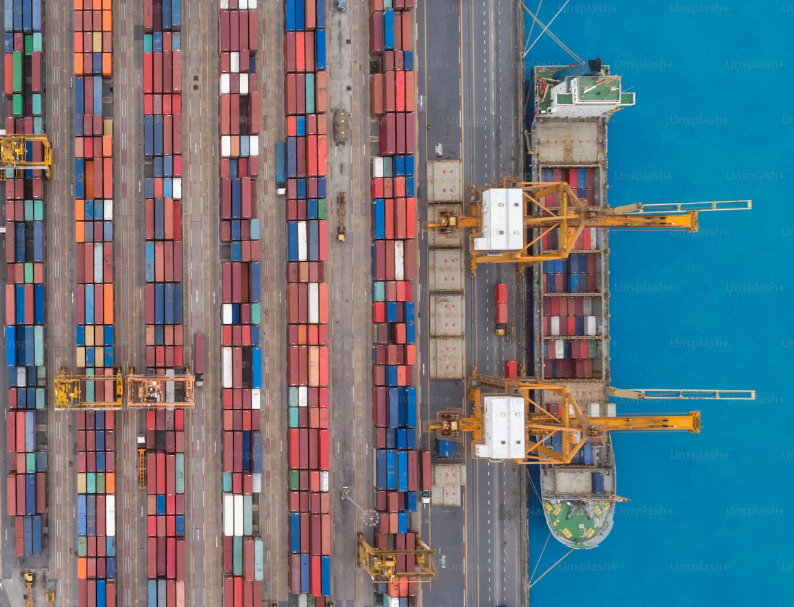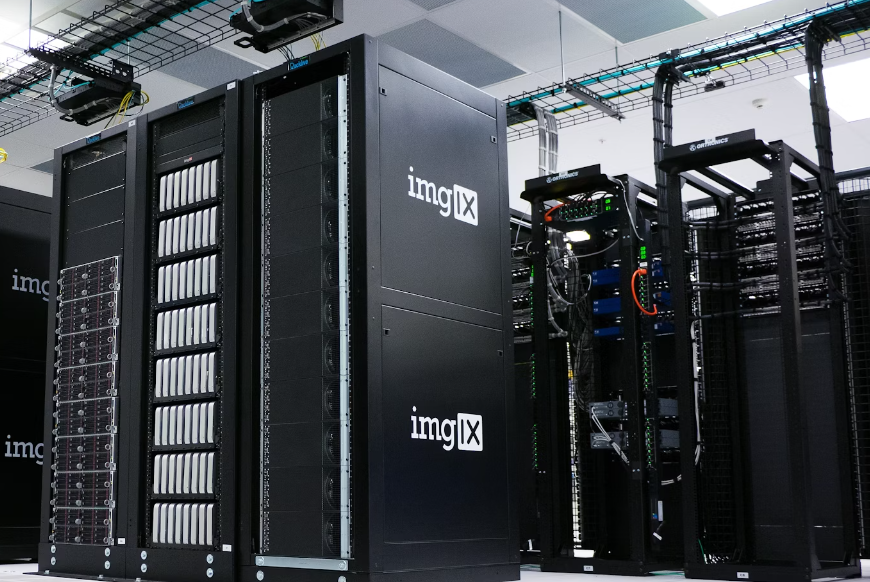Navigating the Global Supply Chain Crisis: Challenges and Strategies for Recovery
The global supply chain crisis has emerged as one of the most significant challenges facing economies worldwide. Following years of disruption caused by the COVID-19 pandemic, geopolitical tensions, and changing consumer demands, businesses are grappling with a complex web of challenges that threaten their operations and profitability. This blog delves into the key issues contributing to the supply chain crisis and explores potential solutions to enhance resilience and efficiency in the global supply network.
1. Understanding the Supply Chain Crisis
The supply chain encompasses the entire process of producing and delivering goods, from raw materials to the end consumer. A crisis in this intricate system can have cascading effects on various sectors. Key factors contributing to the current crisis include:
- Pandemic Disruptions: The COVID-19 pandemic severely disrupted production and logistics worldwide. Factory shutdowns, labor shortages, and port congestion have created bottlenecks that continue to hinder supply chain efficiency.
- Geopolitical Tensions: Trade wars and geopolitical conflicts have strained international relationships, leading to tariffs and restrictions that complicate trade. These tensions can create uncertainty in supply chains, prompting companies to seek alternative sources and routes.
- Shifting Consumer Demand: The pandemic has altered consumer behavior, with a surge in online shopping and changes in product preferences. This shift has led to increased demand for certain goods while others languish, exacerbating supply chain imbalances.
- Natural Disasters and Climate Change: Events such as hurricanes, wildfires, and floods have disrupted production and transportation networks. Climate change poses a long-term threat to supply chain stability, as extreme weather events become more frequent and severe.
2. Key Challenges in the Supply Chain
Businesses are facing a multitude of challenges as they navigate the ongoing supply chain crisis:
- Labor Shortages: Many industries are experiencing significant labor shortages, making it difficult to maintain production levels and meet demand. This shortage is exacerbated by pandemic-related health concerns and shifts in workforce dynamics.
- Rising Costs: Increased transportation costs, inflation, and higher prices for raw materials are putting pressure on profit margins. Companies must find ways to absorb these costs or pass them on to consumers without sacrificing competitiveness.
- Inefficiencies in Logistics: Delays in shipping, port congestion, and a lack of available containers are causing significant disruptions. Inefficiencies in logistics can lead to stockouts, impacting customer satisfaction and brand loyalty.
- Lack of Transparency: Many companies struggle with limited visibility into their supply chains, making it challenging to identify vulnerabilities and respond effectively to disruptions. A lack of data and real-time information hampers decision-making.
3. Strategies for Overcoming Supply Chain Challenges
Addressing the complexities of the global supply chain crisis requires a multifaceted approach. Here are several strategies businesses can implement to enhance resilience and adapt to changing conditions:
- Diversifying Suppliers: Relying on a single supplier or geographic region can create vulnerabilities. Companies should consider diversifying their supplier base to reduce risks and improve flexibility in sourcing materials.
- Investing in Technology: Leveraging technology can improve supply chain visibility and efficiency. Implementing advanced analytics, artificial intelligence, and automation can help businesses optimize inventory management and streamline operations.
- Enhancing Communication and Collaboration: Building strong relationships with suppliers and stakeholders is essential for effective crisis management. Open communication and collaboration can lead to faster problem-solving and more agile responses to disruptions.
- Adopting Just-in-Case Inventory Strategies: While just-in-time inventory practices focus on minimizing stock levels, adopting a just-in-case approach can help businesses maintain adequate inventory to mitigate the impact of unexpected disruptions.
- Sustainability Initiatives: Investing in sustainable practices can enhance supply chain resilience. This includes sourcing materials responsibly, reducing waste, and implementing eco-friendly transportation options, which can also improve brand reputation.
4. The Role of Governments and Policymakers
Governments play a crucial role in supporting businesses as they navigate the supply chain crisis. Key actions include:
- Infrastructure Investment: Governments should prioritize investments in transportation and logistics infrastructure to improve efficiency and reduce bottlenecks in supply chains.
- Trade Policy Adjustments: Reevaluating trade policies to foster collaboration rather than competition can help stabilize supply chains. Reducing tariffs and promoting trade agreements can facilitate smoother operations.
- Supporting Workforce Development: Initiatives aimed at upskilling the workforce and addressing labor shortages can enhance the availability of skilled labor needed in critical industries.
5. Preparing for Future Disruptions
While the current crisis poses significant challenges, it also offers an opportunity for businesses to rethink their supply chain strategies. Preparing for future disruptions requires a proactive approach:
- Scenario Planning: Businesses should engage in scenario planning to anticipate potential disruptions and develop contingency plans. This can involve assessing risks and developing strategies to address various scenarios.
- Fostering Innovation: Encouraging innovation in supply chain processes can lead to new solutions that enhance resilience. Businesses should explore emerging technologies, alternative materials, and new business models.
Conclusion: Building a Resilient Supply Chain for the Future
The global supply chain crisis presents an unprecedented challenge, but it also serves as a wake-up call for businesses to reassess their operations and strategies. By embracing diversification, investing in technology, and fostering collaboration, companies can build more resilient supply chains that can withstand future disruptions.
As we navigate this complex landscape, the collective effort of businesses, governments, and individuals will be essential in overcoming the challenges of the global supply chain crisis. Together, we can create a more efficient, sustainable, and resilient supply chain that supports economic recovery and growth in an ever-changing world.





